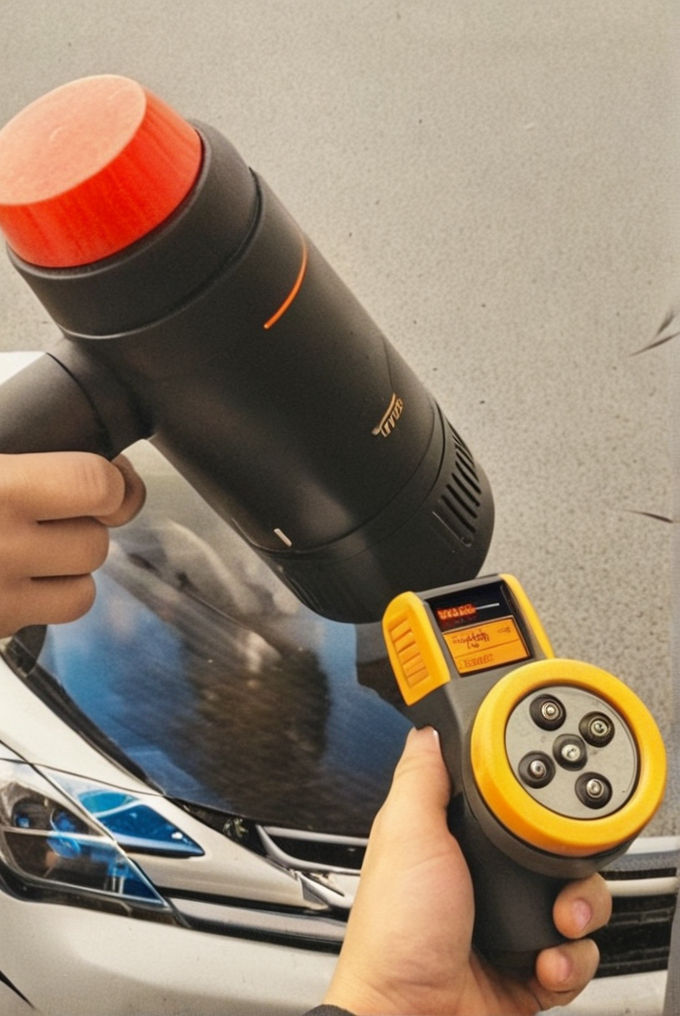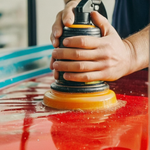
POST-HEATING YOUR WRAP
05 March 2024
Share
POST-HEATING YOUR WRAP
So you just finished wrapping your car and it looks great, but did you remember to post-heat? It's a common mistake that is often only noticed after it's too late.
WHY YOU NEED TO POST-HEAT
Post-heating is an important step in the installation process of adhesive-backed vinyl, especially poylmeric calendered vinyl, when it's applied to vehicles or other surfaces with curves and contours.
Enhancing Adhesion: Vinyl adhesives are activated by heat, and applying post-heat helps activate the adhesive more effectively. The heat softens the adhesive layer, allowing it to bond better with the surface. This results in improved adhesion, reducing the likelihood of the vinyl lifting or peeling over time, particularly in high-stress areas or under changing weather conditions.
Minimizing Tension: When vinyl is applied to curved surfaces, it can develop tension and strain points. This tension can lead to premature failure, such as adhesive failure or vinyl shrinking. Post-heating helps to relieve tension by allowing the vinyl to relax and settle into the surface's contours, preventing issues like shrinkage, warping, or curling.
HOW TO POST-HEAT
Adjust Temperature (if applicable): If your heat gun has adjustable temperature settings, you can gradually increase the temperature to a range of 180-220°F (82-104°C) for polymeric vinyl. Always refer to the vinyl manufacturer's guidelines for recommended temperature ranges, as different vinyl materials may have slightly different optimal temperatures.
Post-Heat the Vinyl: Hold the heat gun at the same distance from the vinyl surface and begin post-heating by moving the heat gun in a sweeping motion. Pay extra attention to curves, recesses, and areas where the vinyl needs to conform tightly to the car's shape. Keep the heat gun moving at a consistent pace to avoid overheating or damaging the vinyl. Use a Soft Cloth or Felt Squeegee: As you apply heat, use a soft microfiber cloth or felt squeegee to gently press down on the vinyl, encouraging it to conform to the contours of the vehicle. The heat helps the vinyl become more malleable, and the pressure ensures a good bond between the vinyl and the surface.
Monitor Progress: Be cautious not to overheat the vinyl, as excessive heat can cause it to shrink or deform. Keep an eye on the vinyl's appearance and listen for any crackling sounds, which could indicate that the vinyl is getting too hot.
Allow Cooling: After you've adequately post-heated the vinyl and it has conformed to the vehicle's curves, allow the vinyl to cool down naturally as it cures to the surface. This cooling process helps the vinyl retain its shape and adhesion.
Prev post

BENEFITS OF CERAMIC COATING
Updated on 05 March 2024
Next post

WHY NOT TO WAX YOUR NEW WRAP
Updated on 05 March 2024








